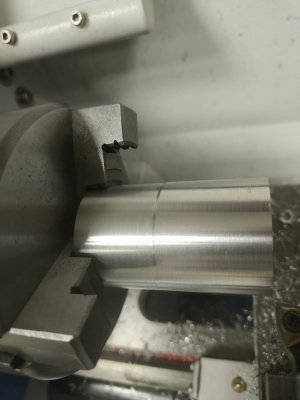Hi,
I am new here and have recently started with a Mini Lathe.
I am hoping i could ask for some help and tips on how to get the most i can from the machine, which is an Amadeal AMABL210 Lathe
I have couple of simple components i would like to produce, but first and foremost i should clarify that i am very much a novice with the equipment.
So far i have kept my operations simple, with facing turning and drilling with the machine i have.
I would be grateful to get advice on these however anf the first and formost is with turning, can anyone help please?
I am new here and have recently started with a Mini Lathe.
I am hoping i could ask for some help and tips on how to get the most i can from the machine, which is an Amadeal AMABL210 Lathe
I have couple of simple components i would like to produce, but first and foremost i should clarify that i am very much a novice with the equipment.
So far i have kept my operations simple, with facing turning and drilling with the machine i have.
I would be grateful to get advice on these however anf the first and formost is with turning, can anyone help please?



